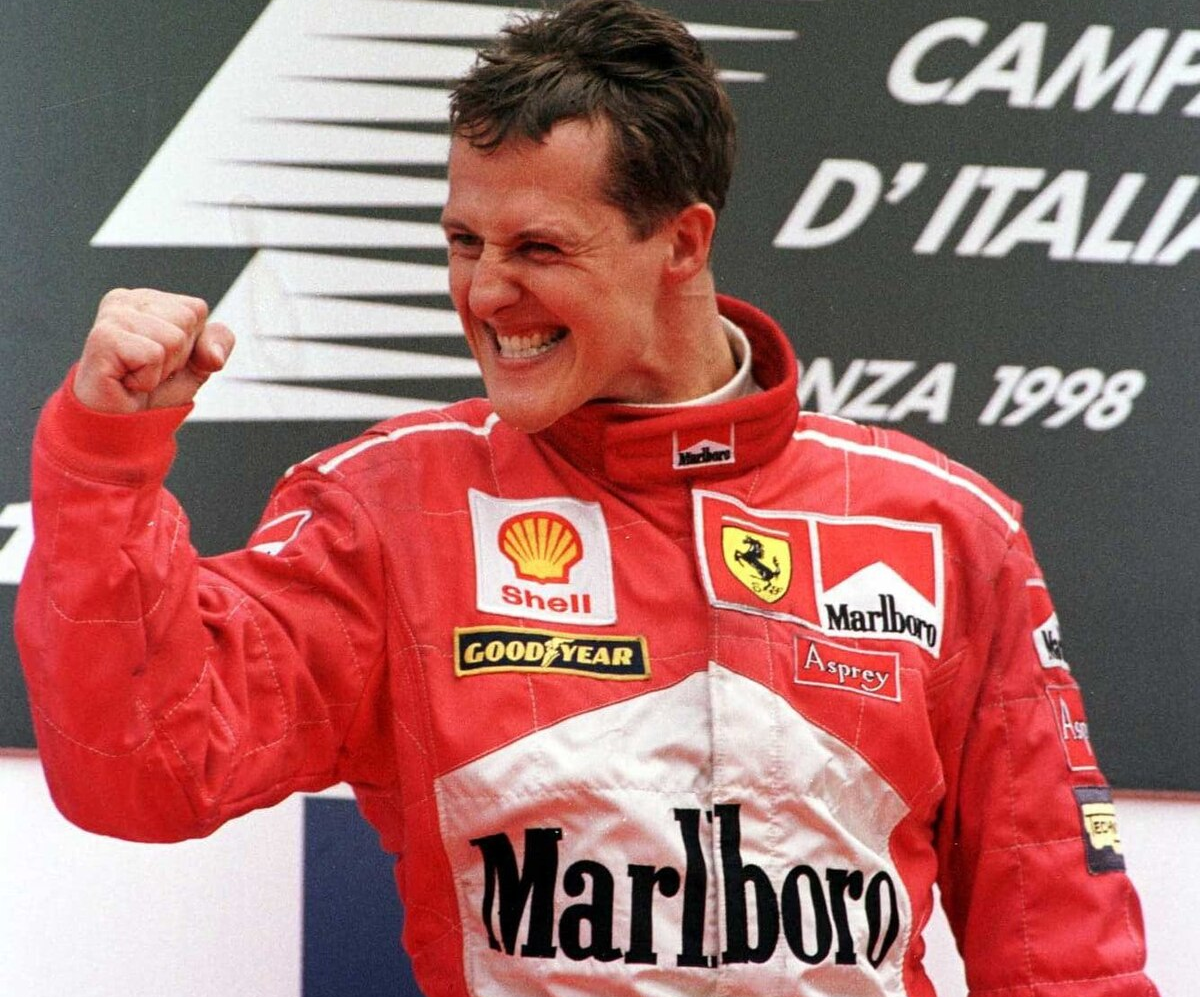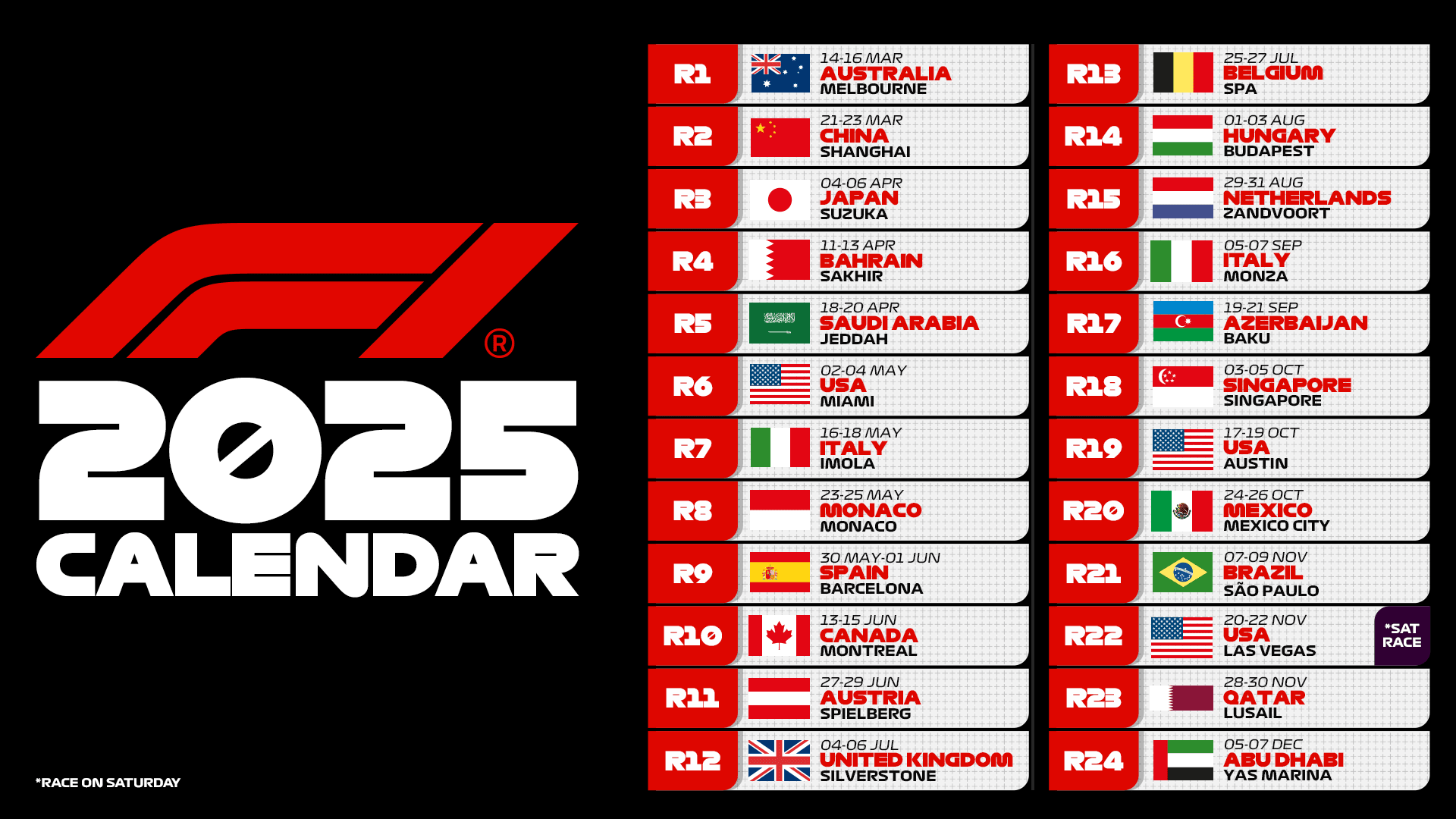In the first two rounds of the 2024 Formula 1 championship, Scuderia Ferrari has shown some encouraging improvement. This is despite the fact that Red Bull continues to dominate, with a fierce battle brewing behind them for the role of the top contender. The key players remain the same as last year, with Ferrari, McLaren, Mercedes, and Aston Martin chasing the reigning world champion team. Let’s then, after the first two championship events, compare the Bahrain Grand Prix and the Saudi Arabian Grand Prix from 12 months apart, to understand who has made the biggest strides forward and who seems to have started slowly.
Let’s start by defining the methodology for this analysis: we primarily rely on data from the qualifying session and the race, collected from the Sakhir and Jeddah circuits. The comparison is aided by the similarity of conditions in which the races were held, including weather, strategies used by the team, and other track-related situations such as single stops, Safety Car and Virtual Safety Car periods.
For each year and each Grand Prix, we analyzed the data from tables showing the best times or race paces of each driver examined in the two years, followed by the percentage gaps from the best qualifier/racer. Additionally, the improvement, again in percentage points, from one year to the next is reported.
F1 | Data Analysis/Qualifying and Race Bahrain: Ferrari Confirms Itself as Red Bull’s Main Challenger
Let’s begin with the qualifying session for the Bahrain Grand Prix: the first event of the year is always tricky, as not all teams may arrive fully prepared or capable of performing at their best. Regarding this, Red Bull doesn’t seem to be affected by such an issue at all, as in both seasons, they have been the fastest on a single lap. Max Verstappen, indeed, secured two pole positions out of two, confirming this aspect. On average, Ferrari comes second-best, with Charles Leclerc in particular consistently extracting maximum performance on a single lap.
Although the feelings have changed significantly compared to 12 months ago for the Maranello team, remembering the significant setup and driving issues of the SF-23, the red car has managed on both occasions to position itself as the second force. Further back and in the same mix, we find Mercedes and Aston Martin. This alternation has remained almost unchanged from one year to another, while the real change is represented by the inclusion of McLaren.
We all remember where the English team was at the beginning of the 2023 Formula 1 season and how much it was able to progress over the course of the season. We anticipate that the data related to the Woking team may be surprising, but they need to be contextualized regarding the level of performance that the MCL60 and MCL38 are capable of.
Show your support for Scuderia Ferrari with official merchandise collection! Click here to enter the F1 online Store and shop securely! And also get your F1 tickets for every race with VIP hospitality and unparalleled insider access. Click here for the best offers to support Charles and Lewis from the track!
We decided to examine each driver’s best lap of the weekend, which means we are considering Charles Leclerc’s time that was set in Q2 in Bahrain this year.
Show your support for Scuderia Ferrari with official merchandise collection! Click here to enter the F1 online Store and shop securely! And also get your F1 tickets for every race with VIP hospitality and unparalleled insider access. Click here for the best offers to support Charles and Carlos from the track!
What we can point out, in general, is the fact that the gap between the individual teams has narrowed. The effect is certainly attributable to the level of hours spent in the wind tunnel and with Computational Fluid Dynamics software, which is proportional to one’s position in the constructors’ standings, but not only that; many teams have changed their aerodynamic philosophy, moving closer to Red Bull’s design and ideas, therefore managing to express greater performance. Among these, undoubtedly, Ferrari and Mercedes, which record the biggest leaps forward between 2023 and 2024, except for McLaren, given the reasons explained earlier.
As confirmation of this hypothesis, the Red Bull RB20 shows the smallest gap compared to its predecessor, the RB19. Let’s also remember that all our analyses are inserted in an extremely dynamic context; therefore, it is taken for granted that all Formula 1 teams improve from one season to the next. The opposite would be worrying. Thus, the perspective with which the data are analyzed is not “whether the teams have improved” but “by how much they have improved”. If performance has come closer on a qualifying lap, the same cannot be said from a race pace perspective:
At this stage it’s worth pointing out that in Bahrain 2023, Charles Leclerc’s race lasted less as he retired on lap 39, thus affecting the race pace data. Also, in the same Grand Prix, Oscar Piastri’s race lasted 13 laps, not providing enough data for a real race pace measure.
But in general, the trend is opposite to that of qualifying: the average percentage gap from Max Verstappen is greater this year than it was 12 months ago, symbolizing Red Bull’s further step forward, capable of overhauling the car and still finding performance. If one were to somehow disregard the Max Verstappen factor, the data could be compared with that of Sergio Perez, perhaps giving a more balanced measure of Red Bull’s value.
Nevertheless, the performance delta does not seem to have narrowed, as only Carlos Sainz, this year, managed to get closer to the Mexican without considering Charles Leclerc’s brake issues in the first round, which inevitably slowed his pace. In short, while we have more competitiveness on a single lap, there is still much work to be done to balance the field in the long run.
As desirable, each driver’s gain compared to themselves in the past year is greater than in qualifying: just think that the winner, Max Verstappen, completed the 2024 Bahrain Grand Prix a whopping 2 minutes and 12 seconds faster than a year ago, which, regardless of the Virtual Safety Car periods present at different moments in both races, shows an average gain of about 2 seconds per lap.
Data Analysis/Qualifying and Race Saudi Arabia: Ferrari Closes in on Red Bull
We’ve already mentioned that the first race can sometimes be a “flash in the pan” for some and a false start for others, so let’s also analyze the second race, held in Jeddah, on the lightning-fast Corniche Circuit: the story, even here, remains unchanged from one year to the next, given the another one-two finish easily achieved by Max Verstappen and his Red Bull teammate, Sergio Perez.
Let’s take a look at the qualifying comparison between 2023 and 2024: the results are surprisingly similar, with the two Red Bull drivers each securing a pole over the two years, and Charles Leclerc managing to place himself in second position. Fernando Alonso confirms himself in the top 5, while Mercedes struggles on both occasions. Additionally, this year, it even finished behind McLaren.
Carlos Sainz, not having participated in the Saudi Arabian Grand Prix this year, is of course excluded from the analysis.
From a statistical point of view, the biggest improvements have been made by McLaren, which in 2023 qualified second to last with Lando Norris and ninth with Oscar Piastri. This year, however, the team led by Andrea Stella managed to monopolize the third row, effectively placing itself ahead of both Mercedes. We analyzed in detail the setup issues suffered by the black-silver arrows, through a dedicated article that highlighted the strengths and weaknesses of these two cars, which also use the same power unit.
The data regarding Max Verstappen’s gain may be alarming for anyone, but it must be remembered that the Dutchman suffered the only reliability issue of his 2023 championship precisely in Saudi Arabia, having to give up Q2 and start from the fifteenth position. The Red Bull driver made up for it last week by setting the track record in Q3 and distancing everyone else, including his teammate. Apart from him, and similarly to Bahrain, we notice narrower gaps in qualifying, and improvements from one year to the next of the same order of magnitude.
Finally, we come to the set of data regarding the race pace: by looking at the data we once again see the solitary leadership of the RB20 car, which, like its predecessor, the RB19, seems designed for the long haul.
Once again Carlos Sainz, not having participated in the Jeddar race, is excluded from the analysis. In the specific case of Lance Stroll, having retired after a few laps in both editions under analysis, it is impossible to obtain sufficient data to analyze the race pace and any possible improvement.
However, the 2024 Saudi Arabian race shows clear dominance, but less pronounced than 12 months ago. It’s interesting to notice that the race pace of only two cars have a greater than 1% gap (Fernando Alonso and George Russell), while the others average from 0.3 to 0.7%, which translates, in terms of lap time, from 3 to 7.5 tenths per lap. It is also surprising that some drivers have not improved from one season to the next, despite fairly linear race setups and no particular technical problems.
Ignoring the huge strides made by Oscar Piastri and Lando Norris, the most appreciable leap forward is that of Charles Leclerc with Ferrari, a factor that underlines how the SF-24 has provided an excellent starting point. The difficulties of Aston Martin and Mercedes are also confirmed by the numbers, despite Lewis Hamilton recording a significant 1.5% improvement from 2023 to 2024.
F1 2024: Ferrari 2nd Force Awaiting Upgrades to Close Gap on Red Bull
Let’s sum up and make some considerations, which should not be understood as definitive assessments but as food for thought that can easily be contradicted starting from the next Grand Prix in Australia. During the winter, it was hoped that teams like McLaren and Ferrari would be able to make significant progress and were even considered capable of closing the gap with Red Bull. However, these expectations have not been fully met or were met only partially.
While it is true that the progress made is concrete and tangible, Red Bull’s car has managed to match these attempts to overthrow it, widening its advantage in certain moments in the first two rounds thanks to the genius of Adrian Newey, who had the courage to completely redesign the car, leaving competitors one year behind in terms of the most recent stage in car development.
Ferrari is the one that has come closest. With the SF-24, the Prancing Horse has established itself as a solid second force, gaining the confidence provided by the 676 project, which is based on very solid foundations. Foundations that provide a lot of confidence in the updates that will be implemented in April, on which the Maranello team is banking heavily to further narrow the gap to its opponents at the top. The degradation and understeer problems of the SF-23 are overcome, providing Carlos Sainz and Charles Leclerc with a means capable of achieving podiums to exploit even the slightest hesitation from Red Bull.
Behind it, there are few certainties about who is capable of challenging the red car: in Bahrain, it was Mercedes, while in Jeddah, albeit with a gap, it was McLaren. We will see in this regard what the Australian Grand Prix in Melbourne will offer. The only certainty concerns the position of Aston Martin, which effectively closes this group of top teams. The green car seems not to have obtained that extra step in pace, despite labeling the AMR24 project as quite courageous.

Source: Andrea Mauri and Alessandro Arcari for FUnoanalisitecnica












.png)

Leave a Reply